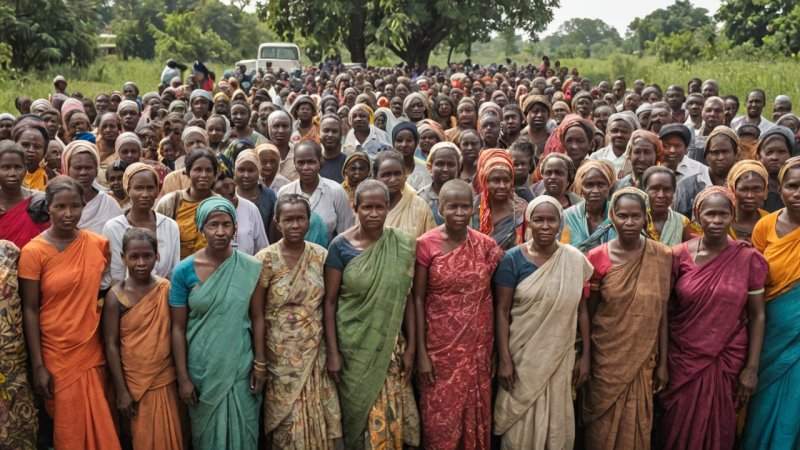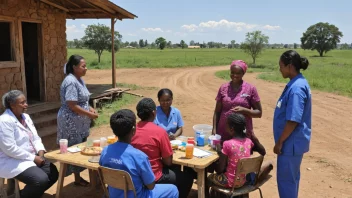Poverty remains a pressing issue across the globe, with millions of individuals struggling to meet their basic needs. Grassroots organizations play a crucial role in addressing poverty by implementing community-driven solutions. However, not all organizations operate in the same way. This article compares two approaches to supporting grassroots organizations: direct volunteering versus financial support, examining the pros and cons of each method. Understanding these options will help individuals choose the most effective way to make a difference in their communities.
Direct Volunteering
Direct volunteering involves individuals dedicating their time and skills to assist grassroots organizations on the ground. This can include activities such as food distribution, tutoring, or administrative support. Volunteers often work closely with community members, gaining firsthand experience of the challenges faced by those in poverty.
Pros of Direct Volunteering
- Personal Connection: Volunteers can form meaningful relationships with community members, fostering a sense of empathy and understanding.
- Skill Development: Engaging in direct service can enhance personal skills, such as communication, teamwork, and problem-solving.
- Immediate Impact: Volunteers can see the results of their efforts quickly, which can be motivating and fulfilling.
Cons of Direct Volunteering
- Time Commitment: Volunteering requires a significant time investment, which may not be feasible for everyone.
- Limited Reach: The impact of volunteering is often confined to specific projects or locations, potentially limiting broader systemic change.
- Burnout Risk: Volunteers may face emotional exhaustion, especially when dealing with challenging social issues regularly.
Financial Support
Financial support involves donating money to grassroots organizations, which they can use to fund their programs and services. This approach allows organizations to allocate resources according to their most pressing needs and can significantly enhance their capacity to make an impact.
Pros of Financial Support
- Scalability: Financial contributions can help organizations expand their programs to reach more individuals in need.
- Flexibility: Organizations can use funds in various ways, such as buying supplies, hiring staff, or launching new initiatives.
- Less Time-Intensive: Donating money requires less time commitment than volunteering, making it accessible for busy individuals.
Cons of Financial Support
- Less Personal Engagement: Donors may not develop a personal connection with the community, which can limit their understanding of the issues at hand.
- Accountability Concerns: Donors may worry about how their contributions are used; without transparency, trust can be an issue.
- Potential for Dependency: Financial aid can sometimes lead organizations to rely on donations rather than creating sustainable solutions.
Comparative Summary
When comparing direct volunteering and financial support, both approaches have their merits and drawbacks. Direct volunteering allows individuals to form personal connections and see the immediate results of their efforts, but it requires a significant time investment and may lead to burnout. On the other hand, financial support enables organizations to scale their operations and provides flexibility in resource allocation, though it can create distance between donors and the communities they aim to help.
The choice between these two methods ultimately depends on individual circumstances, motivations, and the specific needs of the organizations involved. Some individuals may find that a combination of both approaches—volunteering when possible while also providing financial support—can be the most effective way to contribute.
Conclusion
Supporting grassroots organizations fighting poverty is essential to creating sustainable change in communities. Whether through direct volunteering or financial support, every effort counts. Individuals should assess their own resources and capacity to determine the best way to contribute to the fight against poverty, recognizing that both methods can lead to meaningful impacts. In the end, the most important thing is to take action, whether that means rolling up your sleeves to volunteer or opening your wallet to support those in need.






